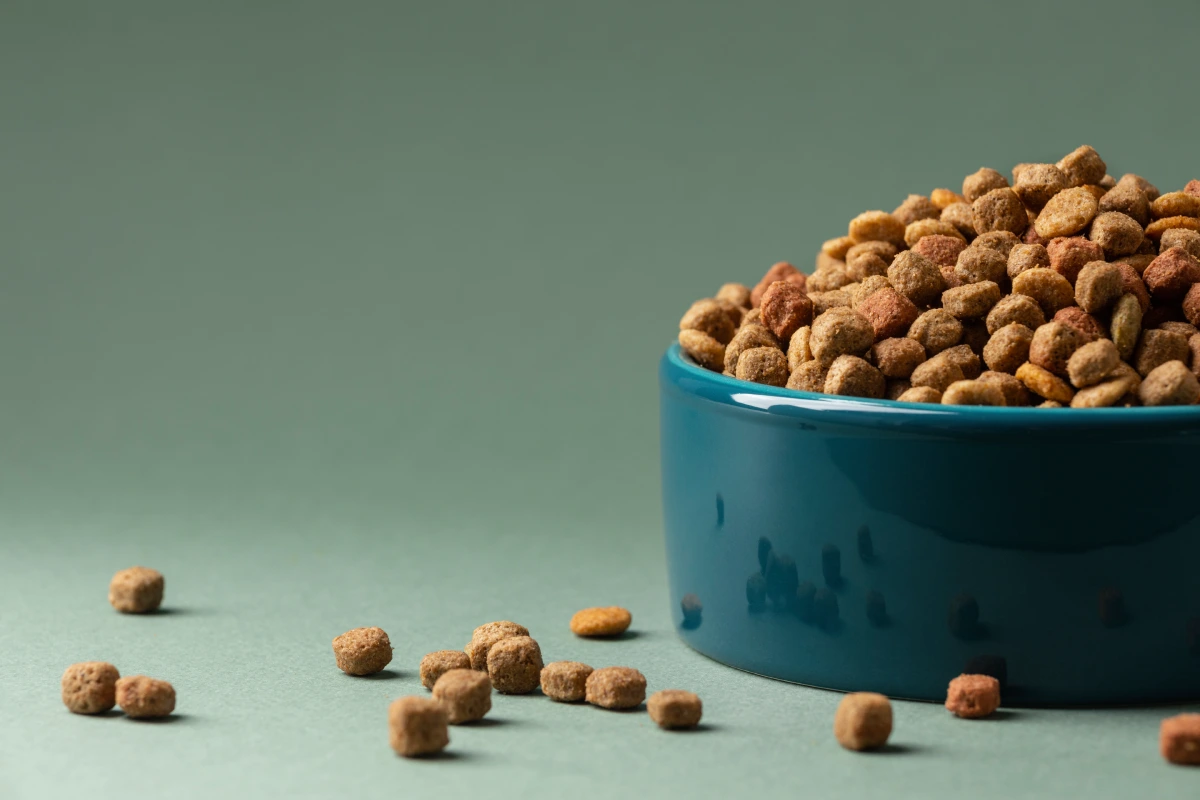Cats are beloved companions, known for their independence, elegance, and unique dietary needs. To ensure a long and healthy life, they require proper nutrition and structured feeding habits. One of the rising trends among pet owners today is the use of organic cat food. Unlike conventional products, organic formulas are made with natural, minimally processed ingredients that avoid artificial additives.
In this guide, we’ll walk through everything you need to know: from the basics of cat feeding, to understanding what cats eat, choosing the right cat food, and even preparing organic meals with the help of a compost system.
Cat Feeding Guide
Feeding a cat may seem simple, but there are key principles every pet owner should consider. Cats are obligate carnivores, meaning they require animal-based protein to thrive. At the same time, balance is essential — overfeeding can lead to obesity, while underfeeding might cause malnutrition.
Many pet owners wonder: how much should I feed my cat? The answer depends on age, size, and activity level. Kittens, for example, need more frequent meals, while adult cats usually do well with two main meals a day. Sticking to regular feeding hours for cats helps regulate their metabolism and prevents overeating.
If you’ve ever asked yourself how often should you feed a cat, the general recommendation is at least twice daily. However, every cat is unique, so observing your pet’s behavior is the best way to determine what works.
How Are Cats Fed?
A recurring question among pet owners is whether cats and dogs can share food. “Can cats eat dog food?” or “Can dogs eat cat food?” might sound like harmless experiments, but the nutritional balance in these foods is very different. Dog food lacks essential nutrients like taurine, which cats require, while cat food often contains higher protein levels that aren’t ideal for dogs. So, if you’re wondering, can I feed cat food to a dog? — the answer is no. Each species needs its own specialized diet.
Cats should primarily eat high-quality cat food designed for their needs. This can include dry cat food, wet food, or even specialized high protein cat food depending on your cat’s lifestyle.
What Do Cats Eat?
So, what do cats typically eat? In nature, cats rely heavily on protein from small prey. At home, domesticated cats thrive on balanced formulas that mimic these nutritional values.
Modern products include:
- Dry cat food (convenient and long-lasting).
- Wet food (provides hydration).
Some owners also explore homemade options, asking what can kitties eat safely. While cooked meat, eggs, or certain vegetables can be safe in moderation, it’s important to avoid human foods that may be toxic to cats.
What Should Cat Food Be Like?
The best cat diets share a few common characteristics:
- Rich in animal protein.
- Moderate fat levels.
- Essential vitamins and minerals (taurine, vitamin A, and fatty acids).
- No artificial preservatives or unnecessary fillers.
This is why many owners seek the best cat food that not only satisfies hunger but also contributes to long-term well-being. Whether choosing a standard or organic cat food formula, the key is balance.
Organic Cat Food
With the growing awareness of health and sustainability, organic pet products are in high demand. Organic cat food avoids pesticides, synthetic additives, and heavily processed grains. Instead, it uses natural proteins, vegetables, and wholesome ingredients.
Some advantages of organic diets include:
- Cleaner ingredient lists.
- Environmentally responsible production.
- Better digestibility for sensitive cats.
How to Make Organic Cat Food?
For pet owners who want to go one step further, preparing homemade organic meals is also an option. Fresh organic meat, rice, and certain vegetables can be used to create simple recipes. But here’s where sustainability ties in: instead of discarding food scraps, you can repurpose them with a compost machine.
A compost machine transforms organic waste into nutrient-rich compost, which can then be used to grow fresh herbs or vegetables. These homegrown ingredients can later be incorporated into organic cat food recipes. It’s a cycle that benefits both your pet and the planet.
 TR Octoen
TR Octoen
 USA Octoen
USA Octoen
 ES Octoen
ES Octoen


